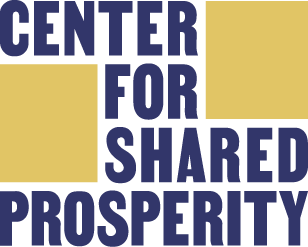Nourishing Community Safety
Overview
Policing is structurally not working as a safety mechanism. But to create structural change we have to show how
policing doesn’t work and
alternative efforts will work.
We have to elucidate both (a) and (b) to clearly show the proposed flow from one solution to the other. We need to change educational structures so that our students and residents understand what options they have.
Our goal is to challenge the notion of “public safety” — and the role of law enforcement in creating “safety”. We want to do this by examining how the City of Pittsburgh allocates its budget, comparing specifically, the funding of law enforcement and criminal justice initiatives vs investments to build healthy and thriving communities.
❓ Are we investing our resources in a way that actually makes our city “safe”?
❓ What is the role of law enforcement in a “safe” place, and how do Pittsburgh’s investment practices reveal its beliefs about “safety” and policing?
Many people consider police to be a vital asset to ensuring safety. But we also know that many of the neighborhoods with the lowest crime rates are also those with a minimal police presence and an abundance of resources. We believe that by tracking the funding provided for law enforcement and community investment across neighborhoods of Pittsburgh, we can begin to challenge this association of higher police presence with more safety, and increase transparency between investment and impact.
Goal
We want to emphasize alternatives to ongoing investment in policing and strengthen people-centered strategies for increasing safety and community. This is a research, visualization and narrative oriented project that aims to make the result of financial allocations made by decision-makers undeniable and explicit
Sera Linardi, Foundation of Hope, Grief to Action:
We hypothesized that infrastructure investment (libraries, parks, schools, business district), community events (music festivals, educational events, and even proms) can have a far more positive long term effect on community safety than investment in policing.
For example, Ramey & Shrider (2014) wrote about Seattle, Washington's Neighborhood Matching Fund (NMF), a unique neighborhood improvement program that provides city funding for projects organized within neighborhoods. They found an inverse relationship between NMF funding and violent crime rates, a relationship that is stronger in poorer neighborhoods. The relationship also is stronger as funds accumulate within the neighborhoods over time. These findings suggest that investment and neighborhood participation can have both short-term and long-term crime reduction effects. With a study of longitudinal data on a sample of census blocks (N=87,641) located across 10 cities, Wo et al (2016) find that each type of voluntary organization is found to exhibit crime-reducing behavior in neighborhoods, however, the effect is only detectable after several years. This may lead impatient policy makers to rush in with punitive programs in order to “fix crime”.
This essentially led us to a cost benefit analysis.
What is the effect of $100k to a community if it’s invested in policing vs non-policing programs?
A discussion of the cost benefit analysis of whether hiring more police reduces crime.
We hypothesize that investments in infrastructure (libraries, parks, schools, business district), community events (music festivals, educational events, and even proms), and other community-oriented efforts can have a far more positive long term effect on community safety than investment in policing — and many studies have borne this out.
In order to demonstrate a cost benefit analysis of investing in policing versus community, we propose to collect data, narratives, and research, to provide a quantifiable view of what is possible and the impact it may have on community safety and well-being.

